|
Which picture do you identify with when it comes to decorating or remodeling your home? If it's the first picture, congratulations! Life will be easy. If it's the second picture, congratulations! You are not alone! There are many reasons why it is not easy for partners to agree on design choices. One reason is money. Budgeting for an interior design project isn't always an easy task when most of us don't have unlimited funds. Agreeing on a budget and getting advice from an interior designer on what furniture, fixtures, and accessories can cost will be one of the first steps in your interior design project, but not the scope of this blog post. For this post, I would like to share ideas on another top reason why it isn't easy to agree on design choices - different style preferences. Whether you are a couple or a roommate or partners in any sense, you will have your own opinions that could have been formed long ago as you grew up. Now you live together. What can you do to combine your styles or reconcile the differences? Finding common ground is the key. How to do that may not be easy. It might take several conversations. I have an exercise or two that can help. But first lets take a quick look at a few questions you can ask to see if you land on something you agree on:
No agreement yet? Let's see if the exercises that follow help. Exercise 1: Each of you collect pictures of items you would like to see in your room and print them off separately. You could make a card game of this if you are handy with picture editing tools. Otherwise, just rip out magazine pictures and keep them to yourself to start. Then you play the game by having one person pick the type of item, for example, a bed assuming your design project is for a bedroom. You each lay out the pictures you both collected and talk about the elements that drew you to those pictures. Continue taking turns calling out the next item. Taking turns can help each person to have a sense of control and might even reveal a furniture piece that one person thinks is important and the other never even thought to include. Try to agree on which picture wins over for that particular item and set it in a 'keep' pile. Set the other picture in a 'maybe' pile and move on to the next item. Hopefully in the end you will have a group of 'keep' pictures that will guide your decisions and purchases and will result in a room you both will love. If not... Exercise 2: This exercise gives each person an assignment for a set of elements in the room with the remaining elements being assigned to the partner. Decide on which elements in a room are most important to each of you. For example, if designing a bedroom (again) here are some elements that need to be assigned - bed style, bed linens, window treatments, flooring, lighting, seating, wall treatments, ceiling treatment, architectural applications, hardgoods. Take turns in the order of application finding pictures of items you individually like but that you think will pair well with the items already chosen. This can be done over a period of time or a dedicated time where you both can do some googling to find what you would like. Bring it all together and talk about why you chose each item. Yes, both of these exercises are designed to start the conversation to understand what each person values and, again, to find common ground. Don't forget upholstered items can have the bones one person likes and the fabric the other person likes. Patterns that one person likes can be applied with colors the other person likes. I decided to use this second exercise as a case study. In this study, I picked a male partner that likes Craftsman style and a female partner that wants a more romantic, Victorian style. Below are the elements assigned in the general order of installation that show what this his/her partnership might choose based on the styles they like. I then created a quick mood board showing the items chosen (round 1), then switched the assignments so that the items that He had initially been assigned became the items She needed to source and vice versa. I created a mood board for the reversed items as well (round 2). It is interesting how when the other person took on the different elements, their choices can shift the entire design style. Notice that HIs was very craftsman-like in the first mood board, but turned midcentury in the second. What is common in both His boards? Straight lines, wood details, and predominately neutral colors. The Hers elements remained more consistently romantic (maybe less Victorian and more traditional) across both boards with the curves and airy qualities of her choices. Both mood boards for both people show an interest in wood elements, some painted and some not. The challenge then is how to combine the elements to arrive at a room that both HIs and Hers will love! Sifting through the items and putting them together was even more interesting. The resulting style was not Craftsman or Victorian, but more of an island style with tradition, comfort, and romance taking the stage! 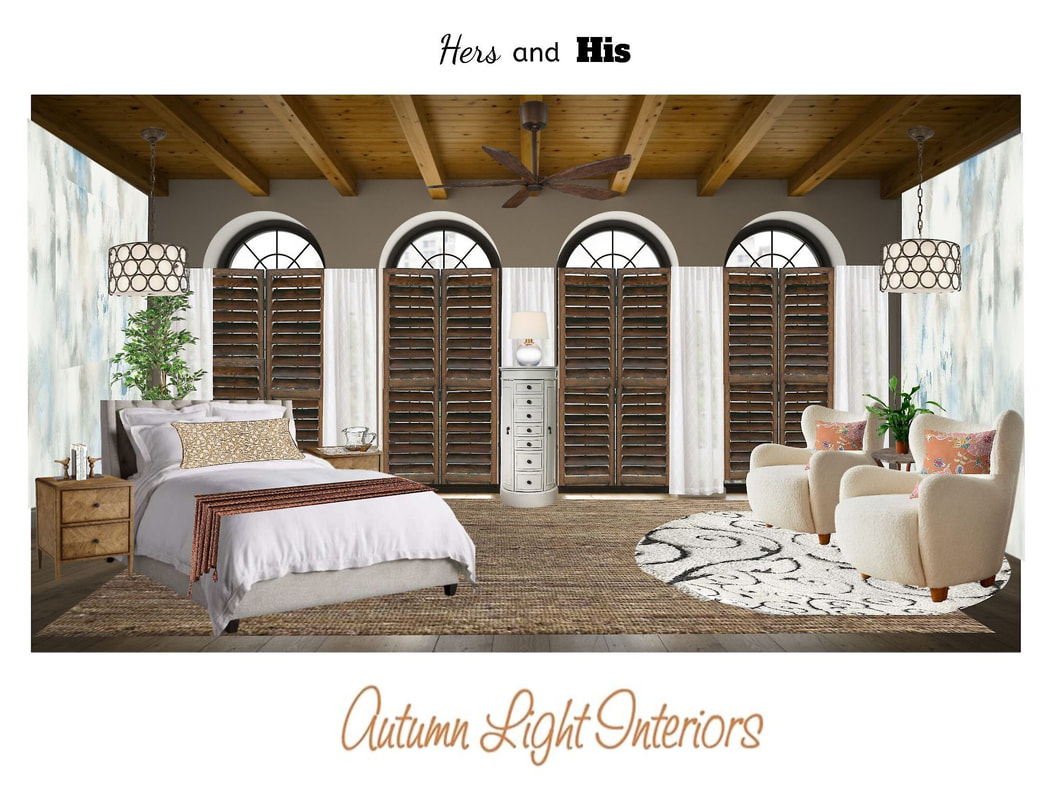 The case study I did had a happy and unexpected ending in the complete style shift even though I was playing both the his and hers parts. For your design journey, in the end you may not agree on anything. If you have the luxury of setting up one room that is just for you and one room that is just for your partner, that may be the compromise needed. When all else fails, hire a designer to work through it with you. Most are trained to find commonality in styles and design elements that when revealed will provide a direction that can develop into your personal, unique style. That is, after all, why you hire us...to create something that not everyone else has and that you can feel fully at home within.
If you have a different style from your partner, let me know if you've figured out that common ground. Or not!
0 Comments
|
Meet Your DesignerI, Brenda Szarek, am the founder of Autumn Light Interiors. I have immersed myself in home design and problem solving for years and have creative solutions for all kinds of interior design dilemmas. I hope you enjoy my tips, tricks, trends, and inspiration to help you find your way to a well-designed, comfortable, and functional home you can be excited to live in and welcome others within. Archives
July 2024
|


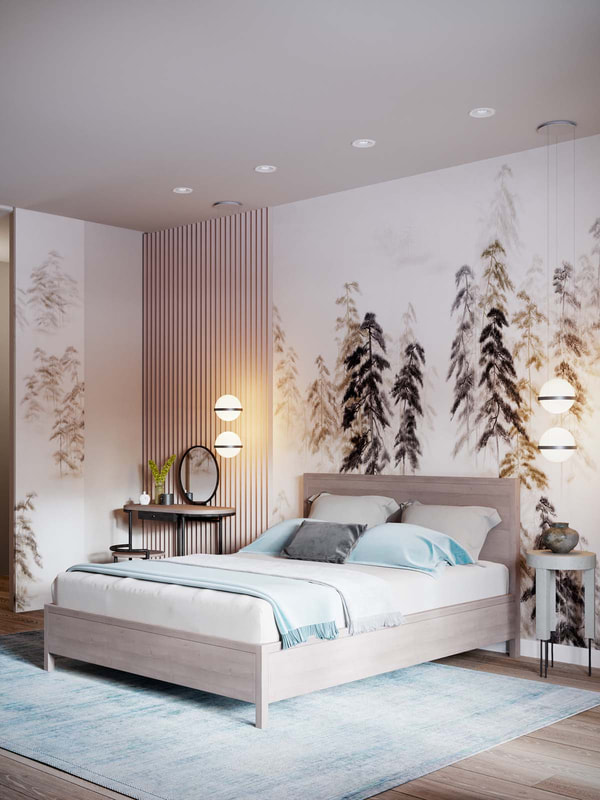
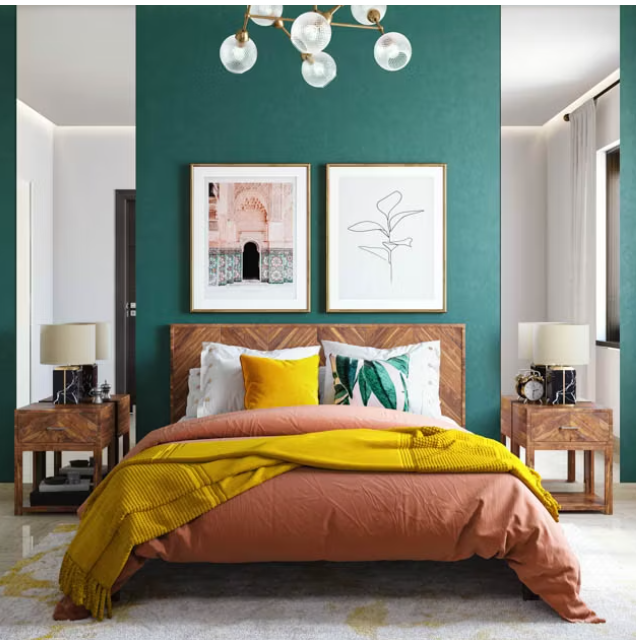


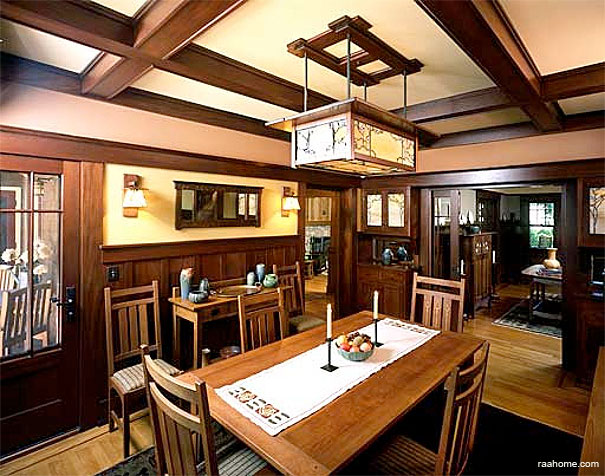
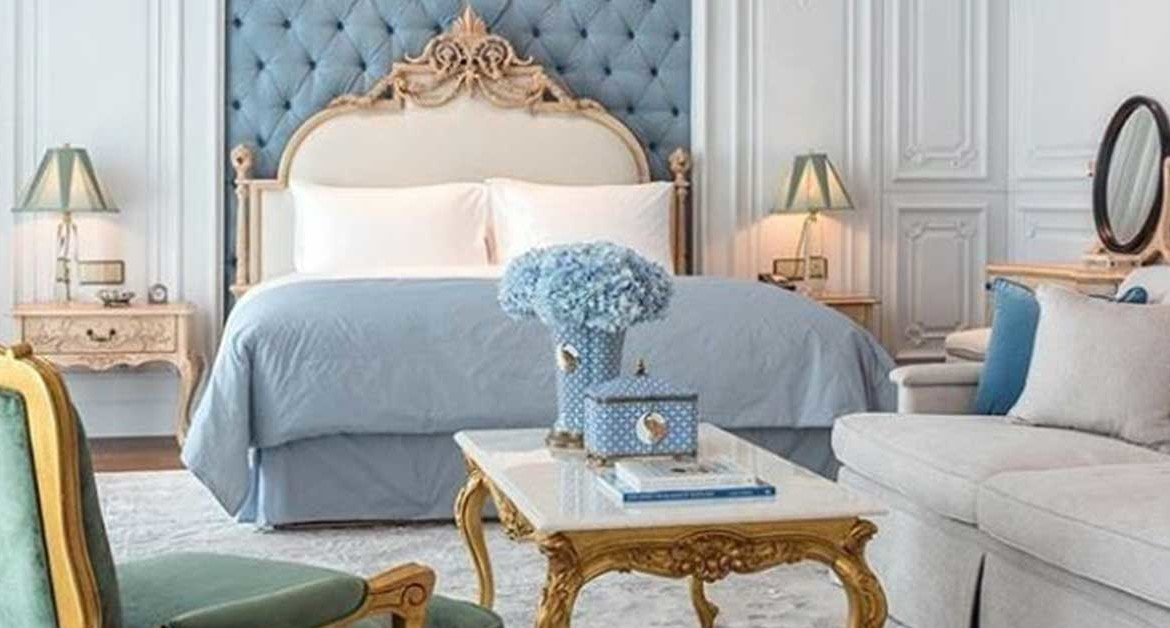
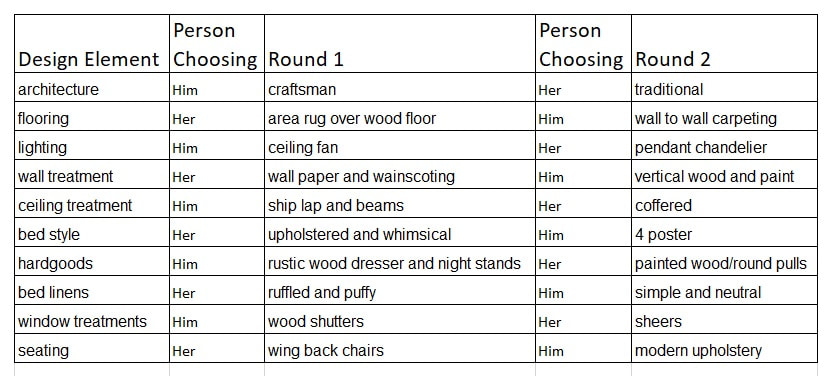



 RSS Feed
RSS Feed
